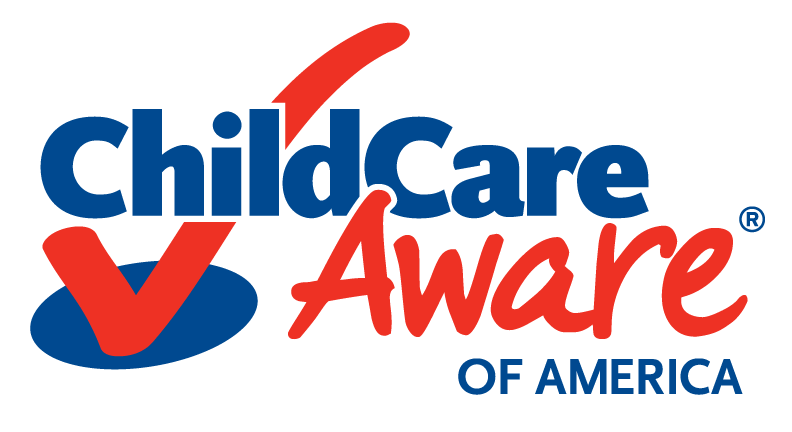
Meeting with your elected officials is an important advocacy tactic for getting your story in front of decisionmakers, but this can be an intimidating process. Our how-to guide demystifies the process with step-by-step directions, sample emails, and worksheets to create agendas.
The COVID-19 pandemic opened up the possibilities of virtual meetings with officials in addition to traditional in-person conversations, and these virtual meetings can often be some of the most convenient to schedule. Whatever kind of meeting you are looking to schedule, in-person, virtual, one-on-one, or a group, the following resources will guide you through the entire process.
- Outreach and Scheduling
Reaching out to an elected official for the first time can be intimidating, but these steps make it easy:
1. If needed, identify your legislators or simply find their contact information using our easy tool.
2. Connect with their office through a brief email or phone call using our email template or phone call template if desired.
- We recommend making your initial request in writing and following up with a call within a few days if you have not received a response.
- If calling, ask to speak with the office scheduler or another staff lead on child care to set up the meeting.
3. Be yourself! Feel free to customize our email template or phone template to your communication style, but make sure they contain the following elements
- Your name and address (to show you are a constituent), and if applicable, the organization you are with and your title.
- Quick bullet points on the issues you wish to discuss – keep it brief since you will be able to expand more in the meeting.
- Dates and times you are available to meet. It’s best to include a wide range of date and time availability if possible to ensure you are able to arrange a meeting reasonably quickly.
4. Be persistent! Do not be discouraged if you do not hear back right away. You may have to contact the office a few times before getting a response. Don’t overwhelm their inbox though; best practice is to allow a minimum of one business day between follow-up communications.
- Planning the Meeting
Once you have secured a meeting date and time, there are multiple logistical items you should focus on in order to ensure the meeting goes smoothly and you are able to confidently focus on your chosen topics.
Determine Roles for Participants
If you are meeting with an elected official as part of a group, a strategy meeting to determine roles for participants beforehand is helpful. This is an opportunity to coordinate who will take the lead on introductions, which issues each person should take the lead on presenting, and who is best suited to answer which questions you anticipate being asked.
Prepare for Technology Needs
If a meeting will take place on a virtual platform, make sure the proper software is installed on the computer you will be using, and test it ahead of time to ensure that the video and audio is working properly. If you are coordinating a group that will be joining a virtual meeting from different locations, sending a reminder to everyone to do this or coordinating a test call with your group is recommended.
Prepare Materials
Determine what materials you would like to bring along to the meeting. We have a great selection to choose from, including fact sheets, one pagers, and explainers on aspects of child care such as resource and referral agencies.
- Creating an Agenda
Once you have secured a meeting date and time, creating an agenda beforehand will help you organize the desired flow and the points you would like to emphasize. Sometimes a meeting window could be a small as 15 minutes, so going in with a plan will set you up for success.
Download our Custom Agenda Worksheet and use the below tips on structuring meetings to create an agenda that works for you or your group.
First things first – Always thank the elected official and/or staff for the meeting or call
Introduce the members of your group
If you have multiple people joining your meeting or call from multiple locations, it may make sense to have someone facilitate the introductions. You should say your name, your organization and role, and where you live and work, so that the official or staff member knows you are a constituent.
Tell the elected official/staffer about your organization (if applicable)
It is important that the person you are meeting with understands the scope of your operations. Before you discuss policy issues, give a quick background about you or your organization and how you connect to the child care system (i.e., are you a parent, child care provider, or Child Care Resource & Referral staff?). Parents and providers can share about their personal experiences regarding child care. Child Care Resource & Referral staff can share more about the role these agencies play in the child care system.
Share relevant materials
If you want to refer to specific documents during the meeting, sending an email ahead of time during the scheduling process will make sure everyone has them to look over. If you are meeting in person, you can bring physical copies, but make sure you confirm a follow-up contact where you can also share electronic versions or web links. Materials to consider could include: a one-page summary of your organization, statistics about the child care situation in your town or state, or even testimonials. We at CCAoA have a number of materials that can be used for meetings, including state-specific child care fact sheets.
Introduce the policy issue you wish to discuss.
- Stay on topic and present your messages on child care briefly and persuasively. Keep your talking points simple and focused.
- Remember that your story is what puts a face on the data. Personalize the conversation by sharing your experience, or the experiences of parents and providers, as well as any challenges regarding child care in your community. Relating a specific story or challenge puts a face on the issue you are discussing so it “sticks” with the official or their staff.
- Back up your stories with facts and figures in the materials you have chosen to share.
- Emphasize the needs around child care in your community or your state.
- Make sure you prepare a two-minute “elevator pitch” in case your meeting is cut unexpectedly short. This is a quick pitch that summarizes your most important talking points and overall request, or your direct ask.
Make a clear ask
- Be very specific about what you want your elected official to do. An example of a specific ask could be: “Can you commit to ensuring dedicated child care relief now and investing in child care in the future for the long-term rebuilding of the system?”
- If you can lobby: ask the official to cosponsor legislation, speak out or vote against a bill, sign a letter, or join a Caucus.
- If you can educate: ask the official to visit a website, read a report, visit a child care provider in your community or attend an event when it’s safe to do so.
Thank the official or staffer again and confirm follow up
After thanking the elected official or staffer again for their time, confirm how best to follow up to answer questions raised in the meeting or communicate about future issues. Also, if your meeting was directly with the elected official, ask if you can get a picture (or virtual meeting screenshot) with them to share on social media!
Become and Advocate
We would love to learn more about you so we can connect you to opportunities to advocate in the future.


